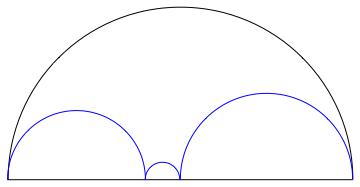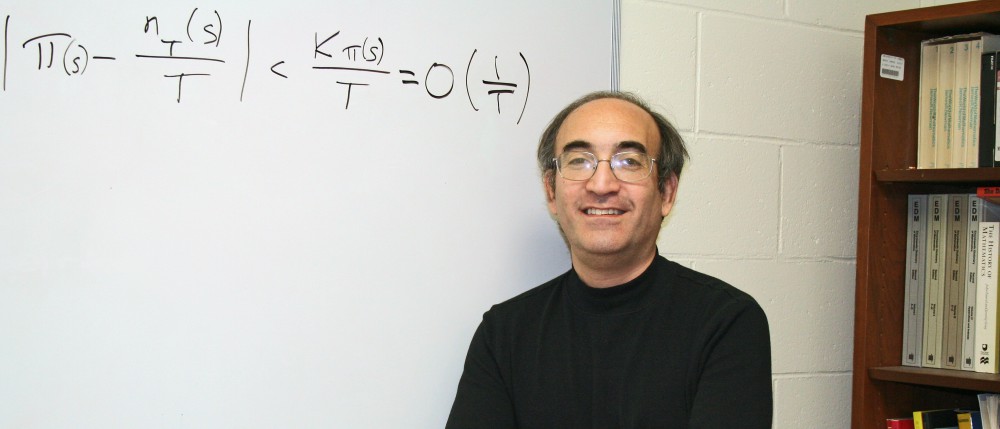I judged a middle school math fair a couple of weeks ago. At the fair, I found out how many Airheads, Reese’s Pieces or marshmallows it would take to tile and/or fill a typical classroom. I also learned how to decide whether to drive may family to Florida or buy airline tickets, etc. Lots of typical projects, but one was obvious, mathematical and neat, because it isn’t a textbook fact (at least as far as I know).
Here it is. Draw a semicircle. Then draw smaller semicircles whose diameters cover the diameter of the larger semicircle. Like this:

No matter what what smaller semicircles you insert, the sum of their circumferences is equal to the circumference of the larger semicircle. It’s totally obvious, but these were 6th graders and they did a nice job explaining it.
